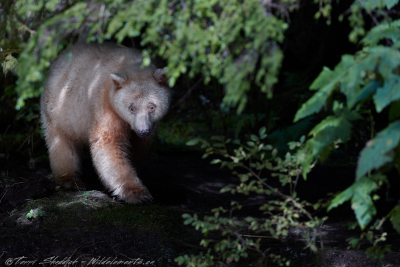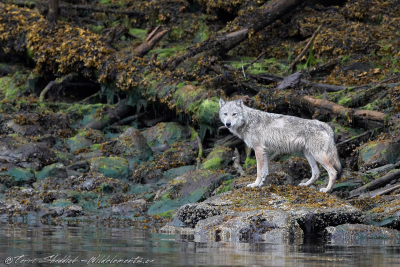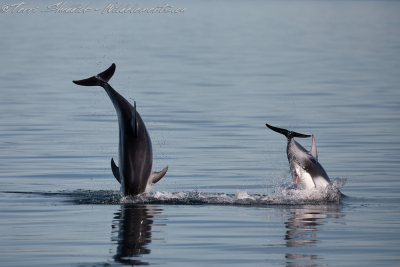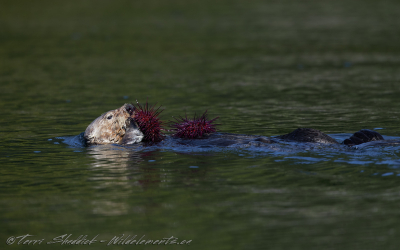14 Dec Canon EOS R
Notice: Trying to access array offset on value of type bool in /var/www/wp-content/plugins/bridge-core/modules/shortcodes/shortcode-elements/_social-share/templates/social-share.php on line 124
I have owned the Canon EOS R for a couple months now, but with short days and busy schedule I have not had the chance to get out and shoot (and more importantly compare it to other cameras) as much as I had hoped. Luckily I have some time off coming up, and in addition to testing my new 400 f/2.8 III I am looking forward to spending time with the EOS R as well.
The first thing I will say is that I am pleasantly surprised with the performance of the EOS R. I had previously picked up the Sony a7iii which also surprised me, and all initial reports is that the a7iii was superior. While I have not had a chance to compare the two head-to-head, so therefore have no opinion on which is better, at the end of the day I am very happy with the EOS R, and will be keeping it over the a7iii, with the main factor being the compatibility with all my existing lenses, and I have not been happy at all with the metabones adapter.
Autofocus
One thing that I don’t really have a handle on yet is the autofocus and how it compares to the Canon dslr’s and the Sony a7iii. What I will say is that I am very impressed with how quickly the EOS R acquires focus, it is like you point your camera at the subject and it’s instantly in focus. While I have used it with Big Horn Sheep and deer running, I still cannot say how well the focus stays locked-on and tracks with the subject, and whether there is a noticeable different with other cameras.
The number of AF points and the fact that you can move them over the entire viewfinder is a nice feature, especially for framing some shots, especially because I find that the Canon DSLR’s are quite limited on the edges. I do find however that it is a bit slower navigating across all the points, as you can sometimes get yourself way over to the side accidentally. I think it will just take some getting used to.
ISO Performance
I expected the ISO performance to be “okay”, but did not have high expectations. Well this might be one of the biggest surprises. I have taken photos consistently at ISO 3200, and even a few at ISO 6400 that I have been extremely happy with, both in respect to noise and dynamic range.
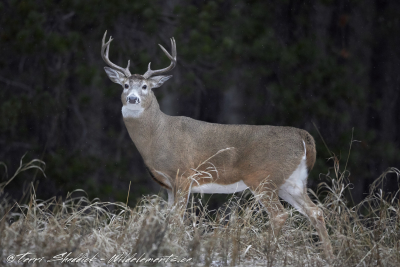
EOS R + 400 f/2.8L II @ ISO 3200
In Body Stabilization
This is one feature available in other mirrorless cameras that have been released recently which did NOT come with the EOS R. While I am not super upset about it because all my lenses that I shoot have image stabilization, the one area where I did notice that it was very beneficial on the a7III was when shooting video from a moving zodiac on rough water. For me this is not a deal breaker, just a “would have been nice”. I have also heard that it works quite well with the Nikon Z7. I guess this will be a feature for the next Canon mirrorless.
Button Placement/Menu
I can’t say that I am in love with the placement of the buttons/size. Having small hands, I thought that this would be nice that all the buttons are closer together, but I find some can be quite awkward to get to, especially if trying to access them while shooting and looking through the eye-piece. I do have some difficulty going back and forth from the DSRL’s and the EOS R.
The other thing I found hard to “pick-up” was the menu, as I was expecting it to mirror (pun intended) that of the DSLR’s. Instead Canon has a lot of embedded menus, which can make it difficult to find things, or make changes….especially without the manual and in an area without cell coverage. For example it took me over five minutes to figure out how to change the view so that the electronic level wasn’t showing in the middle of the image (making it near impossible to see the subject). Again, I think this is just something that will take getting used to.
I’m looking forward to spending more time with the camera, and also comparing it to some of the others in my possession. If you have any questions, feel free to contact me at [email protected] and if you want to see a full list of features, refer to my first blog post on the EOS R which can be found here.





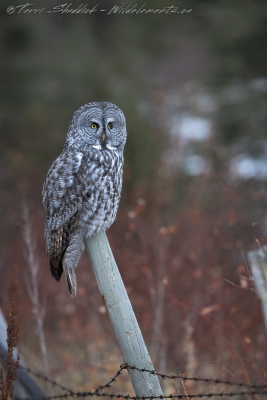
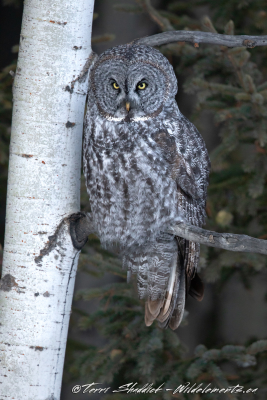
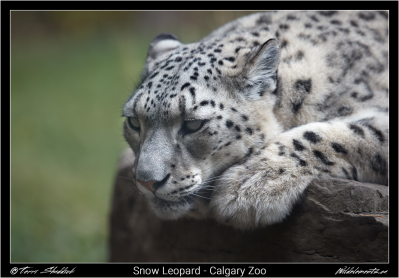
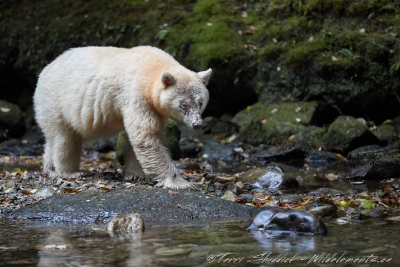
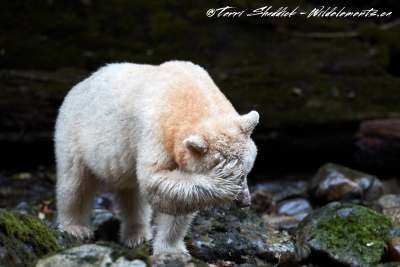 We were treated to a wide variety of wildlife, from Grizzly Bears, Black Bears, a Spirit Bear, Humpback Whales, Bald Eagles, Mink, River Otters, Harbor Seals and even saw TWO Sea Otters. Some of the highlights of the trip were when we waited along a river for quite some time without really seeing anything, and then just before we were about to leave a Spirit Bear appeared…this is a good reminder of why you should “tough it out”.
We were treated to a wide variety of wildlife, from Grizzly Bears, Black Bears, a Spirit Bear, Humpback Whales, Bald Eagles, Mink, River Otters, Harbor Seals and even saw TWO Sea Otters. Some of the highlights of the trip were when we waited along a river for quite some time without really seeing anything, and then just before we were about to leave a Spirit Bear appeared…this is a good reminder of why you should “tough it out”.